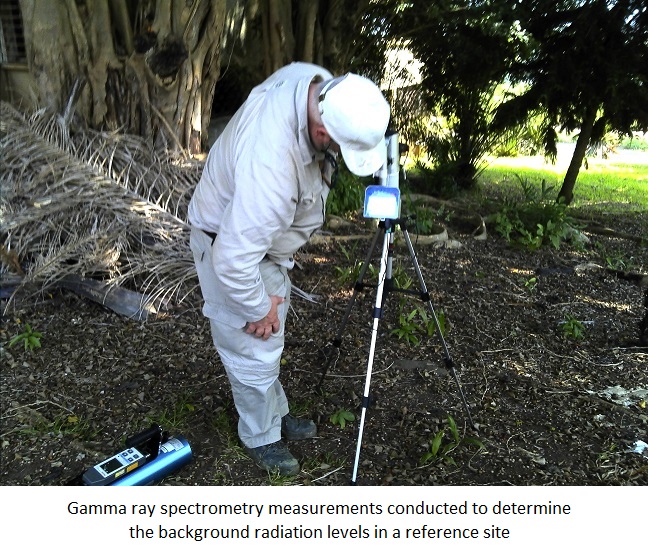4.4.2 Radionuclide identification
In many cases the nature of the radioactive contaminants is known from the available background history on the nature of the facility, practice or accidental releases. However, it is always good to corroborate the type of radionuclides originating the radiation exposure.
Only alpha or gamma emitting radionuclides can be identified by the discrete and well defined emission energies. Due to the energy losses of alpha particles while travelling through the matter, the alpha spectroscopy measurements are better conducted at laboratory conditions after a special sample preparation procedure. However, alpha particles from radon and thoron can be directly measured from air with acceptable energy resolution (see section 4.4.5).
For gamma spectroscopy, scintillators can be used in most of the cases, where the nature of the contamination is known a priori (such as NORMs). New scintillators based on LaBr and CeBr crystals have a relative efficiency of about 11% but offer a comparatively better energy resolution, thus allowing determining the activity of different radionuclides in most of the cases. High purity germanium detectors are indispensable in the event of having a very complex composition of radionuclides (such as products from neutron or gamma activation). HPGe detectors have been recently used to determine the depth profile distribution of the contamination with NORMs based on the difference in activity of the radionuclides from uranium and thorium progeny due to changes in attenuation at different energies.
